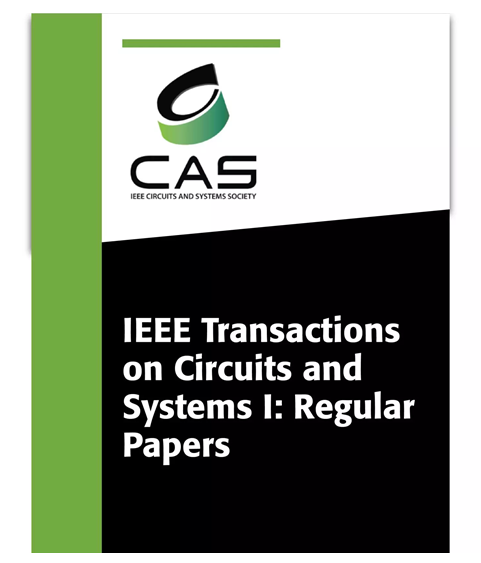UniDec: A Unified Factor-Graph-Based Decoder Fully Compatible With 5G NR LDPC/Polar Codes
IF 5.2
1区 工程技术
Q1 ENGINEERING, ELECTRICAL & ELECTRONIC
IEEE Transactions on Circuits and Systems I: Regular Papers
Pub Date : 2025-06-18
DOI:10.1109/TCSI.2025.3575534
引用次数: 0
Abstract
In comparison to 4G, 5G wireless needs to support a broader range of applications. Therefore, both low-density parity-check (LDPC) codes and polar codes have been standardized by 5G new radio (NR) to fulfill the requirements of data channel and control channel, respectively. Usually, LDPC/polar decodings are implemented by separate hardware, leading to low area efficiency. Though decoders which can handle both codes have been proposed, how to compromise between throughput and efficiency has always been a persistent dilemma due to the absence of a unified and smooth integration methodology. To this end, by fully utilizing the common parts of graph-theoretic algorithms for both codes, this paper presents a unified decoder (UniDec) which is fully compatible with 5G NR LDPC/polar codes. This UniDec enables three key approaches:UniDec:完全兼容5G NR LDPC/Polar码的统一因子图解码器
与4G相比,5G无线需要支持更广泛的应用。因此,低密度校验码(LDPC)和极码(polar code)已经被5G新无线电(NR)标准化,分别满足数据信道和控制信道的要求。通常,LDPC/极性解码由单独的硬件实现,导致低面积效率。虽然已经提出了可以同时处理两种码的解码器,但由于缺乏统一的、流畅的集成方法,如何在吞吐量和效率之间折衷一直是一个困扰人们的难题。为此,本文充分利用两种码的图论算法的共性,提出了一种与5G NR LDPC/极码完全兼容的统一解码器(UniDec)。该UniDec实现了三个关键途径:1)两种编码的统一处理节点;2)具有多并行性的可配置排列网络;3)5G NR参数配置的灵活调度,保证了高数据吞吐量和区域效率。在40nm CMOS中实现的UniDec与多模同类产品相比,最大吞吐量为33.64倍,面积效率为5.98倍。即使与最先进(SOA)的专用设备相比,UniDec在吞吐量、能源和面积效率方面仍然保持竞争优势。值得注意的是,这种方法可以推广到其他基于因子图的信号处理算法。
本文章由计算机程序翻译,如有差异,请以英文原文为准。
求助全文
约1分钟内获得全文
求助全文
来源期刊
CiteScore
9.80
自引率
11.80%
发文量
441
审稿时长
2 months
期刊介绍:
TCAS I publishes regular papers in the field specified by the theory, analysis, design, and practical implementations of circuits, and the application of circuit techniques to systems and to signal processing. Included is the whole spectrum from basic scientific theory to industrial applications. The field of interest covered includes: - Circuits: Analog, Digital and Mixed Signal Circuits and Systems - Nonlinear Circuits and Systems, Integrated Sensors, MEMS and Systems on Chip, Nanoscale Circuits and Systems, Optoelectronic - Circuits and Systems, Power Electronics and Systems - Software for Analog-and-Logic Circuits and Systems - Control aspects of Circuits and Systems.

 求助内容:
求助内容: 应助结果提醒方式:
应助结果提醒方式:


